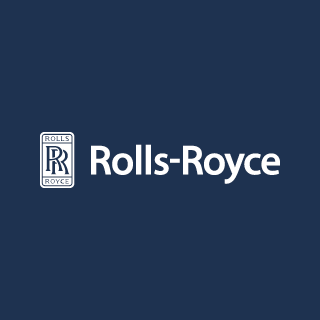Usage-based pricing in a nutshell
Status quo: Change-as-Usual
Usage-based pricing…
- Where customers benefit by being charged only when they use a product or service, rather than having to buy something outright
- Companies can also benefit from growing their customer base
Future quo: Breakthrough
...that incentivises positive, lean access
- Where people are ensured affordability and accessibility to essential products and services
- And at the same time, are incentivised to behave positively and waste less
What is it?
Paying only when using
Historically, access-based pricing model tended to take the form of subscriptions, rentals or timeshare coupled with large or fixed usage increments, and based on expected need, rather than actual usage. Today, we see Usage-based Pricing surfacing as a model where customers pay for the actual usage of a product or service, rather than paying up-front or bearing the costs of ownership. Aligned with Asset Sharing, Usage-based Pricing offers considerable benefits to customers, because of the flexibility it offers in terms of both convenience and affordability.
Usage-based Pricing first emerged in the 1920s with Michelin pioneering the leasing of tyres using a pay-per-kilometre programme. The business model was later popularised by Salesforce with its Software-as-a-Service (SAAS) business model – where customers paid for access to specific software features, on a per user basis, with a much quicker set-up time. Now, other companies such as Amazon Web Services have also become synonymous with a pay-as-you-go approach.
Related business models include:
PRODUCT AS A SERVICE:
Also known as ‘servitisation’, where customers pay for the function of a product rather than the product itself. Companies such as Ford, for example, are increasingly seeing themselves as a facilitator of transportation, rather than a carmaker. Consequently, in addition to car sharing, they are consequently investing in bus shuttle companies and bike sharing initiatives as well.
PERFORMANCE-BASED PRICING:
Where the seller is paid based on the actual quality and performance of its product or service (not just usage), creating more equity and value for both buyer and seller. Customers of Xerox, for example, only pay for pages printed, whilst the company provides maintenance, upgrades, paper and toner replenishment.
SUBSCRIPTION:
Where companies tap into regular payments by customers in exchange for regular access to a product or service. Subscription models are typically paired with providing customers with added benefits from being part of a community.
FREEMIUM:
Where companies offer a basic version of a digital service for free, and where users pay a premium in increments for added functionality. MOOC education providers, like Coursera and Udacity, use this model to provide free education, where users can pay a fee to access additional features like extra coursework and certification.
What's driving it?
Data, data, and more data
Sensors and the Internet of Things are enabling businesses to monitor usage more accurately. Extending beyond simply monitoring whether a car is in use or idle, for example, sensors are enabling insurance providers and carmakers to understand how drivers are using the vehicles and their driving behaviours.
The aggregation and analysis of multiple data points across users, encapsulated as the Internet of Things, is also helping companies leverage data and develop greater customer insight, concurrently opening new revenue streams for businesses. For example, allowing them to provide parking information to users. In return, customers can get more responsive and tailored experiences – a feature connected to the Personalisation business model lever.
What are the opportunities and risks?
Rewarding behaviour change
Like Asset Sharing, Usage-based Pricing is helping to democratise access to basic services. Insurance (particularly micro-insurance) is one area where new business models is allowing consumers to obtain more economical protection on a per-mile basis, and also access savings as a reward for good driving behaviours. In the health sector, AllLife (based in South Africa) offers life cover to patients with HIV or diabetes, incentivising customers to engage in positive healthy behaviours, linking premium levels to customers’ positive long-term control of their illnesses.
Elsewhere, companies like Unilever are working out how to address the fact that some 70% of the greenhouse gas impact of their products occur when consumers use their products. Such businesses are considering how they can use usage-based pricing and other business model levers to incentivise consumers to do more of the right thing. Fashion retailer H&M, for example, offers its customers discounts for every bag of used clothing items they drop off at the store.
Recyclebank is a US firm working with cities to incentivise recycling amongst residents by rewarding green actions with reward points that can be used at retailers, including Recyclebank’s own online store, One Twine, that sells environmentally-friendly products. Usage-based Pricing models are not limited to business. Cities are also deploying usage-based pricing models to encourage, or discourage, behaviours – with initiatives ranging from congestion road charging to scarcity-based water pricing.
Get started
How can companies engage?
- What need are you helping your customers to address – could you sell a service (rather than a product) to address this need?
- Are your current products expensive, resulting in low product utilisation?
- Can your product or service be provided in smaller increments in a more responsive manner to customer needs as they occur?








